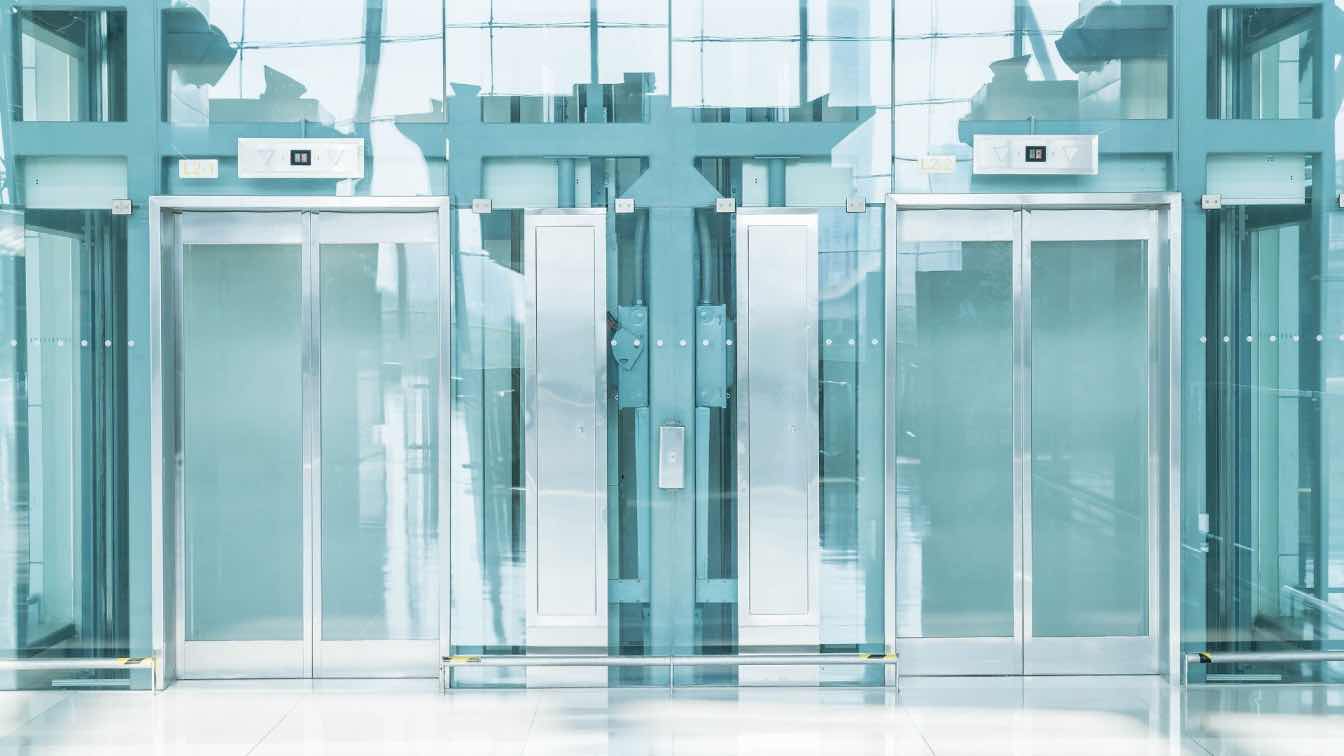Maintaining elevators in commercial buildings is not just about keeping them running. It’s about ensuring they provide safe, reliable, and efficient service day in and day out. A well-maintained elevator not only adds to the structural integrity of the building but also reflects on the building’s management. In this blog, we delve into the elevator upkeep practices that marry safety with efficiency, all while maintaining a modicum of playfulness appropriate for those of us who’d rather take the stairs.
Understanding the Symphony of Sounds
An elevator’s operation creates a range of sounds. Learning to recognize what’s normal and what’s not can be crucial in identifying issues early. Odd noises can signify everything from misaligned doors to problems with the motor. Attending to these sounds promptly can prevent more significant issues down the line.
The Heartbeat of Inspection
Regular inspections are the cornerstone of any elevator maintenance program. These are not merely cursory glances at visible parts but in-depth examinations designed to catch issues before they become problems. A combination of daily visual checks by staff and more thorough, periodic inspections by certified professionals can help ensure that your elevators run smoothly. Engaging in professional elevator inspections provides an additional layer of assurance, helping to identify potential issues that may not be apparent to the untrained eye, ensuring compliance with state regulations, and enhancing overall safety.
Keep It Clean
Cleanliness might not seem directly related to elevator upkeep, but it plays a substantial role. Dust and debris can accumulate in critical areas, affecting the elevator’s performance and even posing a fire hazard. Regular cleaning of the elevator car, shaft, and machine room is essential for both aesthetics and functionality.
Emergency Preparedness
No matter how well you maintain your elevators, emergencies can happen. A clear and practiced emergency plan not only ensures the safety of your elevator passengers but can also protect your property from severe damage. Regular training for your staff on how to handle elevator emergencies, including entrapments, is indispensable.
Lubrication Is Key
Just like any high-performance machine, elevators require regular lubrication to operate at their best. However, not all parts require the same type of lubricant, nor do they need it at the same frequency. Knowing the specific lubrication needs of your elevator’s components and adhering to a strict schedule can prevent wear and tear, leading to longer service life.
Record Keeping
Meticulous record-keeping forms the backbone of effective elevator maintenance. Detailed records of inspections, repairs, and upgrades help track the elevator’s health over time and can be invaluable during troubleshooting or when planning for upgrades. Digital record-keeping systems have made this task easier and more effective than ever before.
Modernization Matters
In the fast-paced world of commercial real estate, staying on top of technology trends can give your elevators (and thus, your building) a competitive edge. Modernization doesn’t always mean replacing the entire elevator system. Sometimes, upgrading control systems or installing more efficient motors can drastically improve performance and energy efficiency.
Technology Integration
Integrating the latest technology into your elevator systems is not just about modernization; it's about enhancing safety and user experience. From touchless controls to advanced monitoring systems that predict failures before they happen, technology plays a pivotal role in the next generation of elevator maintenance practices.
Energy Efficiency
Focus on energy efficiency is becoming increasingly important in today's world. Elevators that consume less power significantly reduce the building's overall carbon footprint. Simple steps like retrofitting elevators with LED lighting, employing regenerative drives that capture and reuse energy, and scheduling elevators efficiently can make a substantial difference.
Accessibility and Compliance
Ensuring that all elevators meet current accessibility standards and comply with local and federal regulations is crucial. This includes features like audible announcements, braille buttons, and appropriate door opening times to accommodate passengers with disabilities. Staying ahead of compliance not only ensures inclusivity but also avoids potential legal issues.
Conclusion
Elevator upkeep in commercial buildings represents a blend of art and science - the art of understanding and responding to the building’s needs and the science of maintaining its systems for peak performance. By adopting best practices for elevator maintenance, building managers can ensure that these vital systems support their buildings’ overall success and safety. Remember, a smoothly running elevator is like a well-composed symphony: each part performing in concert to elevate (pun intended) the experience of every passenger.





